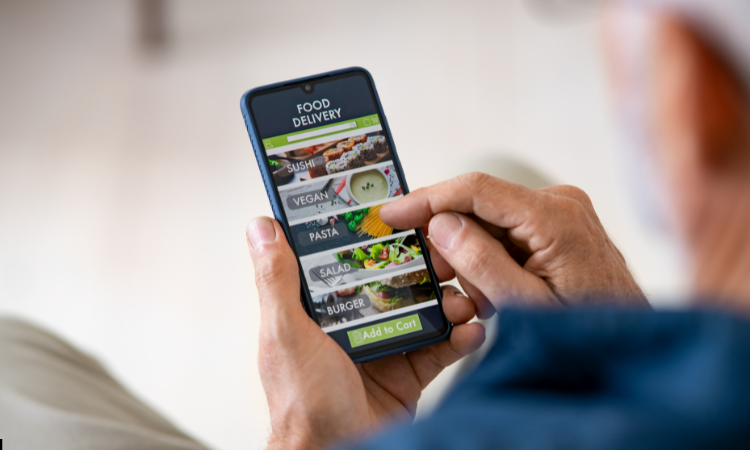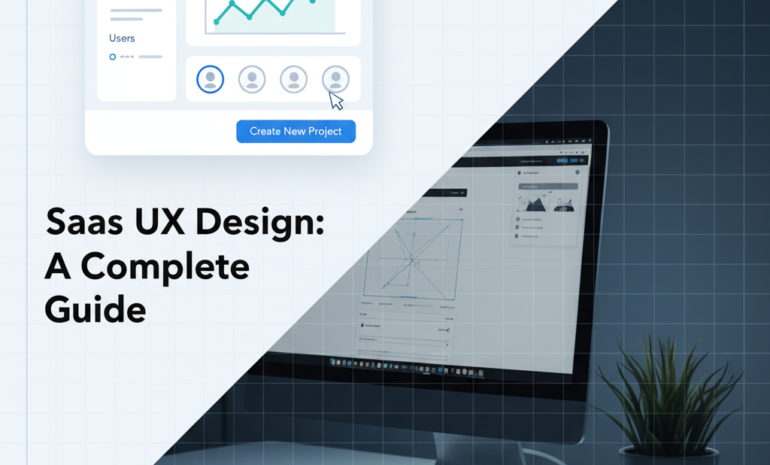Food delivery has changed how people eat at home, and businesses are racing to keep up. The idea of getting meals with just a few taps is now part of daily life.
That is why on-demand food delivery app development is becoming a top priority for restaurants, startups, and even grocery chains.
People do not want to call or wait they want fast, simple solutions. If you are planning to invest in on-demand food delivery app development, now is the right time. This guide walks you through everything you should know before starting.
What is an On-Demand Food Delivery App?
An on-demand food delivery app connects restaurants, delivery agents, and customers in one smooth process. Users can browse menus, place orders, pay, and track deliveries in real-time.
Restaurants manage orders and menus easily, while drivers get notified to pick up deliveries. These apps are not limited to food, they also handle groceries and drinks.
With built-in tracking and payment features, they save time for users and help businesses grow.
From small cafes to large chains, many now rely on these apps to serve more customers without extra staff or locations.
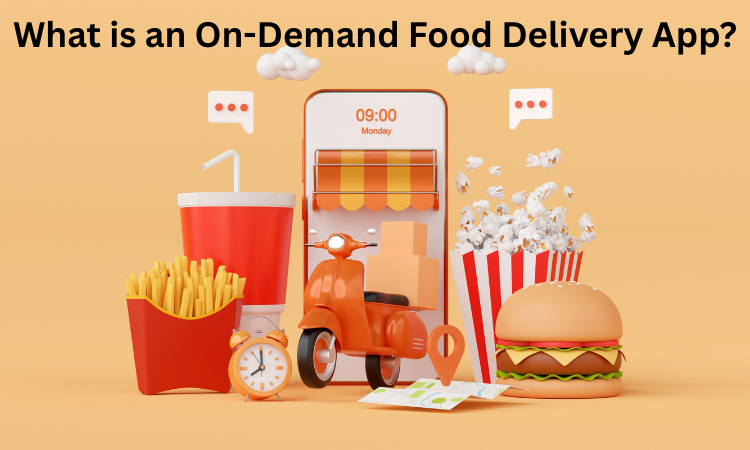
Step-by-Step Process to Create a Food Delivery App
Creating a food delivery app involves more than just writing code. You need a clear plan, the right team, and smart decisions at every stage. Here are the steps that turn your idea into a working app:
Define Your App’s Purpose and Target Audience
Start by deciding what your app will do and who it is for. Will it serve restaurants, groceries, or both? Define the problems it will solve.
Knowing your audience helps shape features, design, and tone. It also makes development easier because every step will focus on what your real users need and expect.
Research the Market and Analyze Competitors
Before development, study other food apps. Look at their features, customer reviews, and what users like or dislike. This helps you avoid common mistakes and find ways to stand out.
Learning from others can save time and money. You will also spot gaps in the market where your app can do better than the rest.
Sketch the Core Flow and App Screens
Create rough wireframes that show how users will move through your app, from browsing food to placing an order. Keep it simple and focused.
Sketching screens early helps you plan better and spot design issues before development. This step lays the foundation for a smooth and user-friendly experience across the entire app.
Design an Easy and Attractive User Interface
Now turn your sketches into real designs. Choose colors, fonts, and layouts that match your brand. Focus on making it simple for users to browse, order, and pay.
A clean interface encourages people to come back. Every button, icon, and screen must be clear and comfortable to use, even for first-time users.
Develop the Backend and Frontend Systems
The backend manages all the data, payments, and orders. The frontend is what users see and tap. Developers build both sides so they work smoothly together.
It is like building a strong engine under a beautiful car body. Both parts must connect well for the app to run fast and handle many users.

Integrate Key Features Like Tracking and Payment
Now it is time to add the important tools live GPS tracking, secure payment options, restaurant menus, and real-time order updates. These features make the app useful and complete.
Choose trusted tools and keep the experience fast. Each feature should work without delay so users feel safe and informed at every step.
Test Your App on Real Devices
Before launching, test everything on phones and tablets. Check how the app performs, looks, and responds. Testing helps catch bugs, slow screens, or confusing layouts.
Ask others to use it and share their feedback. A good test phase can prevent negative reviews and give your users a much smoother first experience.
Launch on Play Store and App Store
Once your app is tested, it is time to go live. Prepare app descriptions, screenshots, and a short demo video.
Follow the submission rules for both Google Play and the App Store. After launch, let people know your app is ready through social media or email. A smooth launch brings in early users.
Gather Feedback and Improve Through Updates
After launching, collect user feedback through reviews and support channels. Fix issues quickly and release updates regularly. Add small improvements based on what users ask for.
Apps that stay updated feel more reliable. Keep listening to your audience and improving the experience. This is how your app grows and stays successful.
Food Delivery Apps That Help Your Business Grow
Food delivery apps are not just a trend they are reshaping how businesses reach and serve customers. These apps offer smart ways to grow without heavy investment. Let us look at how they help.
Reach More Customers Without Opening New Branches
A food delivery app helps you serve more people without investing in new locations. It removes the limits of distance and lets customers order from anywhere.
You can expand reach across neighborhoods or even cities, all while working from your existing kitchen or setting up no extra rent or physical space needed.
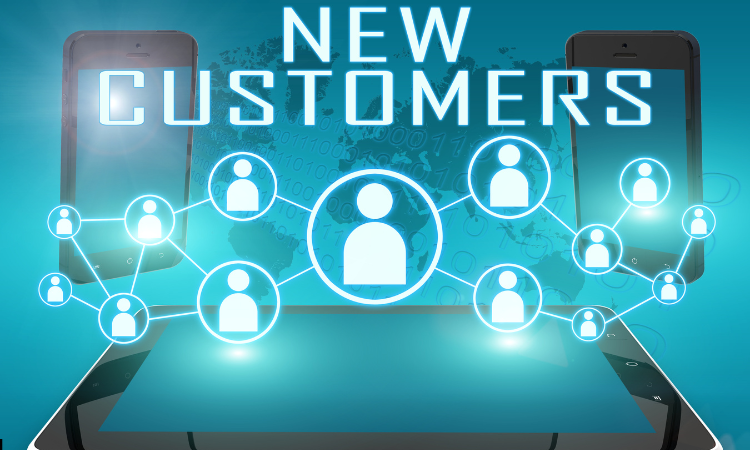
Serve Faster and Keep Customers Coming Back
Speed matters in food delivery. An app lets customers place orders quickly and track them live. Faster service builds trust and leads to repeat orders.
When customers know they can rely on your app during busy hours, they are more likely to return next time they feel hungry.
Use Data to Make Smarter Business Decisions
Delivery apps collect valuable data about what people order, when they order, and where they are. This helps you understand trends and improve your menu.
You can adjust pricing, focus on bestsellers, or launch offers based on real numbers. Data-backed choices lead to better profits and smoother operations.
Offer Deals and Promotions That Actually Work
An app gives you control to run offers that grab attention. You can send discounts, combo deals, or free delivery to specific users at the right time.
This kind of smart promotion encourages users to order more often and helps you stay active in their daily ordering habits.
Stay Ahead of Competitors in the Delivery Race
Many food businesses now depend on delivery. Having your own app puts you ahead of those who rely only on third-party platforms.
It gives you direct control, fewer fees, and a stronger brand. With a well-made app, you can stand out in a crowded market and win loyal customers.
Earn from Delivery Charges and Extra Services
Your app does more than just take orders; it can also earn money. Add small delivery fees, offer priority delivery, or upsell extras like drinks or sauces.
These extra options bring in more income with every order. Over time, these small amounts can add up to a steady profit stream.
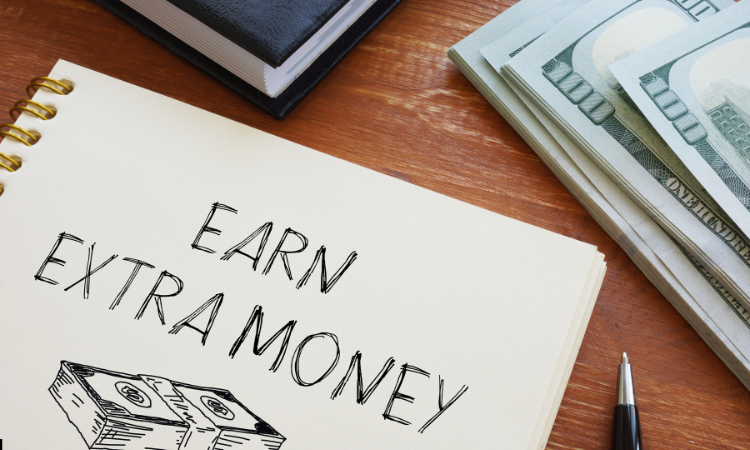
Improve Customer Loyalty Through Convenience
People love apps that save time. If your app is easy to use, fast, and works well, users will come back again and again.
Add features like saved addresses, order history, and promo codes to keep things simple. The more comfortable users feel, the more loyal they become.
Why Food Businesses Are Switching to On-Demand Apps
Food businesses want to reach customers quickly and give them a smooth ordering experience. Traditional dine-in models come with limited location, space, and staff. But an on-demand app removes all these boundaries.
It lets restaurants serve thousands without needing bigger premises. Customers now expect speed, control, and variety, all in one place. An app makes this possible. It improves customer loyalty by making reordering easy.
Restaurants can also send special deals and updates through the app, keeping buyers engaged. Food delivery apps offer data that shows which dishes sell best, what times are busiest, and which areas bring the most sales.
This helps business owners make smarter choices. With delivery becoming a standard service, those who adapt quickly stay ahead in the competition.
Apps also allow new businesses to enter the market without high rent or big staff. That is why the food industry is turning toward smart, on-demand platforms.
Key Features to Include in Your Food Delivery App
A food delivery app must have the right set of features to give users a smooth and quick experience. Live GPS tracking lets users follow their order in real-time, adding transparency.
A clean, easy-to-read menu helps them choose faster. Push notifications keep users updated on order status and promotions. The ability to filter by cuisine, price, or delivery time helps people find what they want quickly.
Secure payment options like card, cash on delivery, or mobile wallets should be included. A rating and review section helps build trust. For restaurants, a dashboard that shows orders, stock levels, and customer feedback is useful.
Delivery agents need a map, order alerts, and earnings tracker. Features like saved addresses, order history, and promo codes make customers come back.
Without these, your app may feel incomplete. Including the right tools from day one makes your app feel polished, reliable, and ready for serious use.
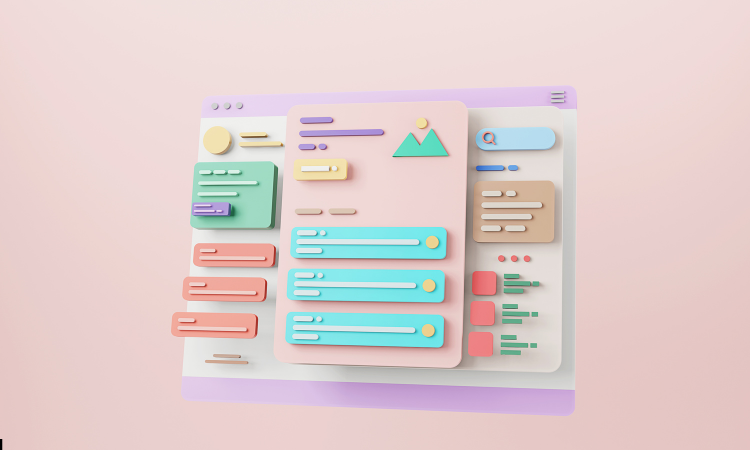
Common Mistakes to Avoid During Development
Some apps fail not because of the idea, but because of how they are built. There are some common mistakes to avoid during app development;
Copying another app without understanding your own users’ needs
- Designing a messy or hard-to-use interface
- Failing to test the app on real devices before launch
- Slow loading times and confusing menus due to rushed development
- Not including a support or help channel for users
- Ignoring feedback from beta testers
- Skipping proper security measures, leading to payment or data issues
- Adding too many features at once instead of starting small and improving gradually
What Kind of Team Do You Need for This App?
Building a solid food delivery app requires more than one developer. You need a full team to handle every part smoothly. A UI/UX designer focuses on how the app looks and feels, making sure it is simple and attractive.
Frontend developers create what users see and interact with. Backend developers build the system that handles data, payments, and real-time tracking. A project manager keeps everything organized and on schedule.
QA testers check for bugs and suggest improvements. You might also need a content writer for button labels, app store descriptions, and error messages.
If you plan to run promotions, a marketing expert can help you launch smart. Each role matters, even if you start small. A well-balanced team can build faster, avoid mistakes, and deliver better results.
Trying to do everything alone can delay progress or affect quality. Good teams build apps that are stable, beautiful, and ready for growth.
How much does it cost to develop an on-demand app?
The cost of building an on-demand app depends on its features, design, and how complex the system is. Some apps are basic, while others need real-time tracking and advanced dashboards. Here is a simple breakdown in USD and AED:
| App Type | Estimated Cost (USD) | Estimated Cost (AED) |
| Basic App | $5,000 – $10,000 | AED 18,400 – 36,800 |
| Medium Complexity App | $10,000 – $30,000 | AED 36,800 – 110,400 |
| Advanced Custom App | $30,000 – $75,000 | AED 110,400 – 275,000 |
| Monthly Maintenance & Updates | $500 – $2,000 | AED 1,840 – 7,360 |
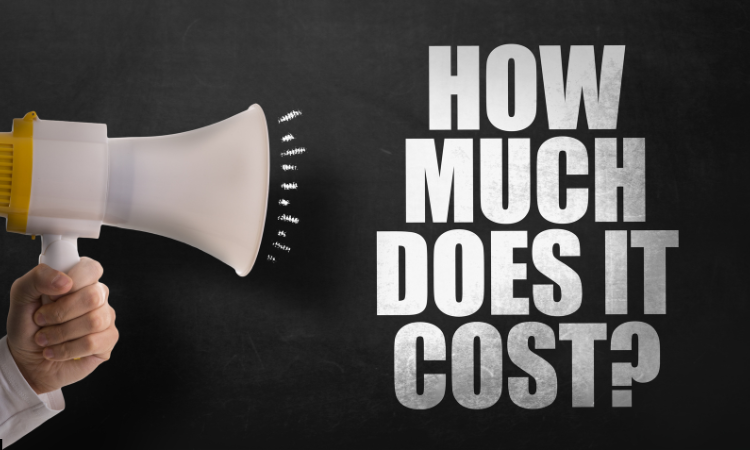
Why Choose BrandOut for App Development?
BrandOut offers app development services that are fast, simple, and tailored to your customer’s needs. Our team handles everything, from strategy to design and launch, so you do not have to worry about gaps.
We focus on performance, design, and real user behavior. If you want an app that actually works in the real world, not just on paper, BrandOut is ready to build it with you.
Wrapping Up
On-demand food delivery app development is more than just writing code it is about solving real problems for hungry users. From features and design to performance and payments, each part must work well together.
This type of app can help food businesses grow fast and serve more customers without opening more branches. But success only comes when the app is easy to use, fast to respond, and built with care.
With the right team, clear plan, and strong features, your food app can become a daily habit for your users.
Commonly Asked questions:
How does on-demand delivery work?
On-demand delivery connects the user, the seller, and a delivery partner through one app. A customer places an order using the app. The seller receives the order and prepares it.
Once ready, a delivery agent is assigned and picks up the order. The customer can track the agent’s live location until the order is delivered.
The app handles payments, notifications, and status updates. It is fast, direct, and designed to deliver as soon as the order is placed.
What’s on demand on Uber?
On Uber, “on demand” means you can request a ride, food, or package delivery whenever you want, no booking in advance. The service connects you instantly to nearby drivers or restaurants.
For example, Uber Eats is an on-demand food delivery service. It finds the closest restaurant, lets you place an order, and assigns a delivery driver immediately. It is built to respond fast and serve users at any hour.

